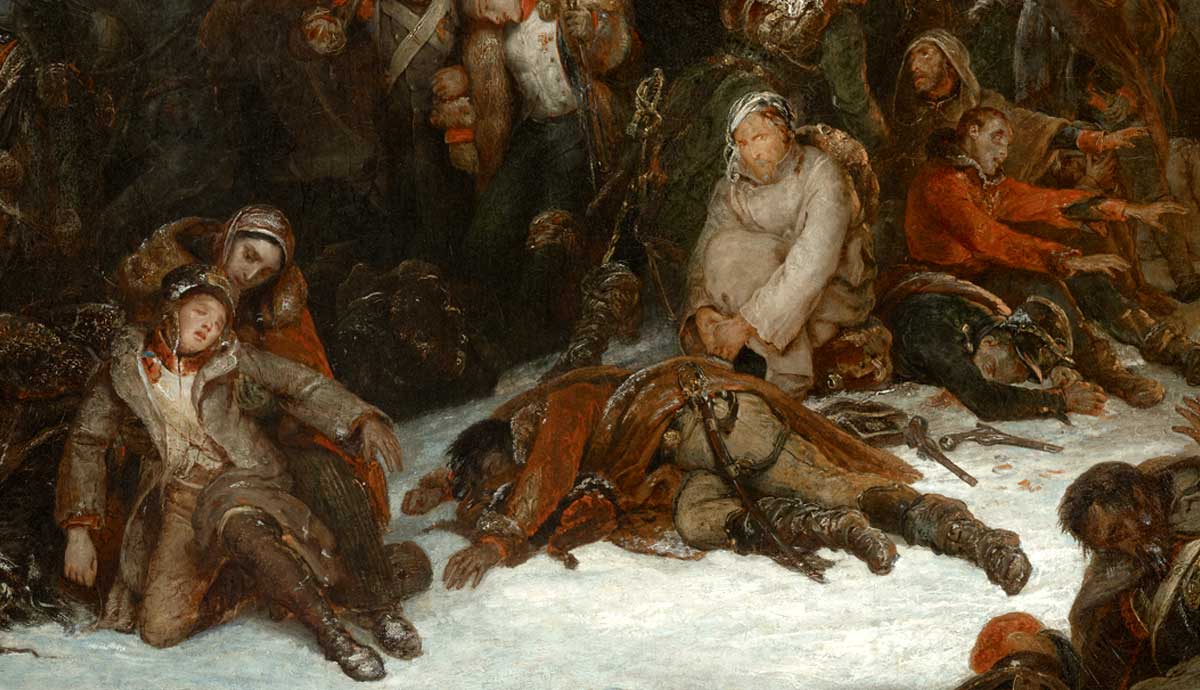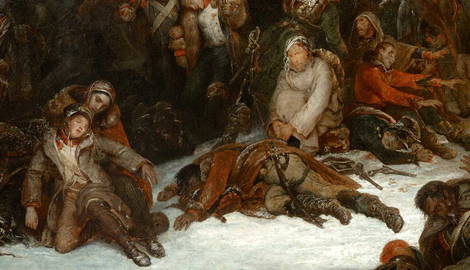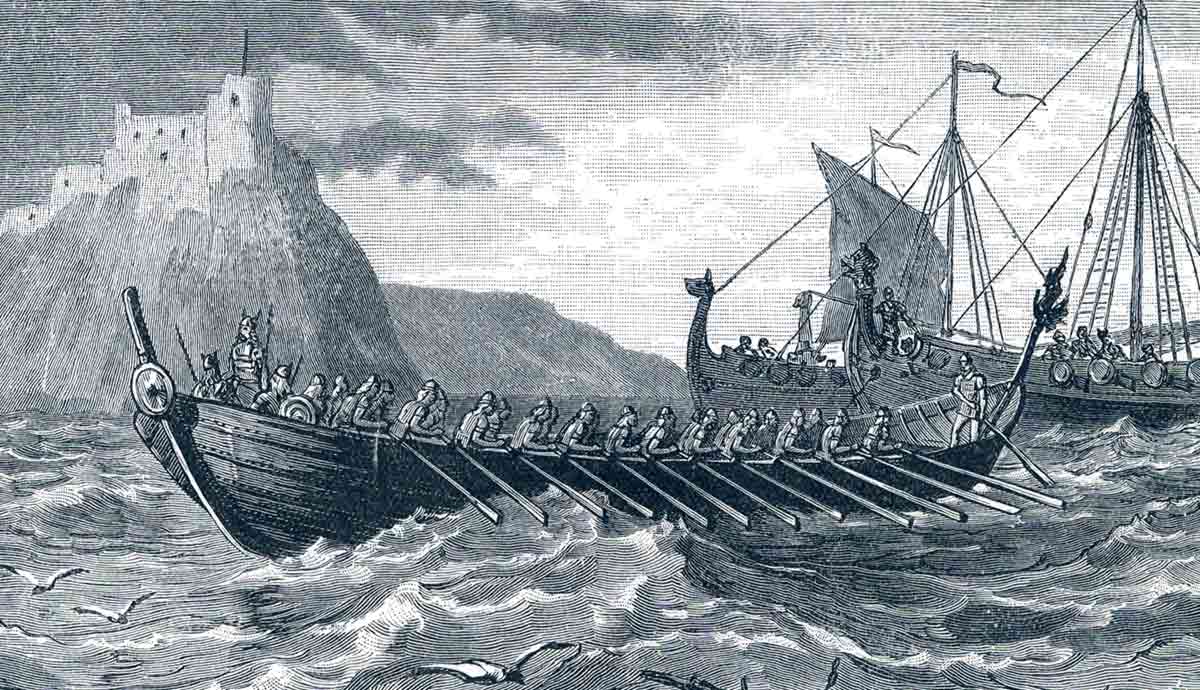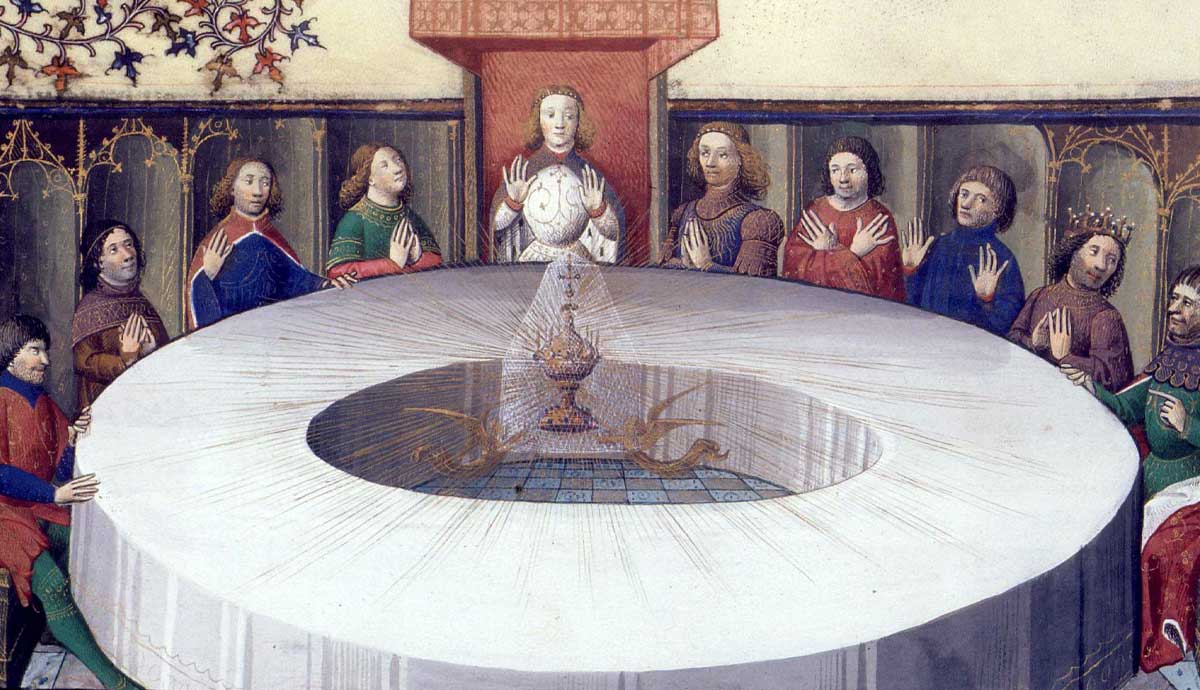
summary
- According to modern-day DNA evidence, it was disease—not winter—that presented the deadliest threat to Napoleon’s Grand Army during the Russian campaign.
- Paratyphoid and relapsing fever killed and weakened thousands of troops in the summer months.
- Starvation, lice, and Russia’s scorched-earth military tactics contributed to the rapid spread of disease amongst the Grand Army.
What really doomed Napoleon’s Grand Army in Russia? For over 200 years, the story has been told as a tale of “General Winter” freezing Europe’s mightiest army into defeat.
In June 1812, Napoleon’s Grand Army, numbering between 450,000 and 600,000 troops, poured across the Neman River into Russia. But by the end of the campaign, fewer than 120,000 soldiers remained in Napoleon’s Grand Army.
The brutal Russian winter was certainly part of the problem, but DNA analysis has since revealed an even more insidious enemy working against Napoleon’s Grand Army.
Science Reveals the Real Killer of Napoleon’s Grand Army

It turns out that disease played the most decisive role in the demise of Napoleon’s Grand Army.
In the early 2000s, archaeologists excavated a mass grave in Vilnius, Lithuania, filled with soldiers from Napoleon’s Russian campaign. Years later, DNA extracted from the soldiers’ preserved teeth revealed two deadly infections: Salmonella enterica (paratyphoid fever) and Borrelia recurrentis (relapsing fever). These bacteria thrived amongst the Grand Army, who lived with starvation, contaminated food and water, and lice-infested clothing.
Fever, delirium, and crippling weakness would have spread quickly through crowded bivouacs. Soldiers were dying by the thousands in late summer and early autumn, months before frostbite and Cossack raids became a threat. The Grand Army would have already been hollowed out by disease by the time it approached Moscow.
Why Napoleon’s Invasion Created the Perfect Conditions for Disease Outbreak

Napoleon’s ill-fated Russia campaign officially began on June 24, 1812. The Grand Army crossed the Neman River as a massive multinational force of French troops, Poles, Italians, Germans, and others. Napoleon’s goal was to force Tsar Alexander I into submission after Russia withdrew from the Continental System, Napoleon’s economic blockade against Britain.
The Russians avoided battle, retreating deeper into their own territory while employing a scorched-earth strategy. They burned crops and destroyed villages, cutting off the Grand Army from access to food or shelter. When fighting did occur, such as at Smolensk and Borodino, it was costly. At the Battle of Borodino alone, both sides suffered staggering casualties, with at least 70,000 troops killed in a single day.
Napoleon’s Grand Army grew desperate. Starving, soldiers consumed whatever food they could find, which was often spoiled or contaminated. Meanwhile, their overcrowded camps became breeding grounds for lice and filth. These conditions were perfect for the rapid spread of paratyphoid and relapsing fever. The army’s size, which had been its strength, now became a liability as disease tore through its ranks.
The Final Collapse of Napoleon’s Grand Army

When Napoleon finally entered Moscow on September 14, 1812, he found the city eerily empty, having been burned by its residents. By then, disease had already gutted Napoleon’s forces, leaving tens of thousands too sick to march or fight. Those still standing faced plunging temperatures, relentless Cossack attacks, and the deadly crossing of the Berezina River in November.
The Grand Army waited in vain for a Russian surrender—but by mid-October, with winter approaching, Napoleon ordered the retreat. When the survivors finally staggered back across the Neman in December, the hidden killer had done its work, destroying the Grand Army and dooming the Russian campaign long before winter could claim the credit.










